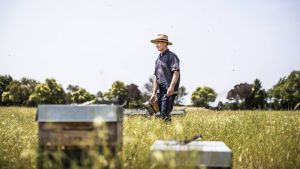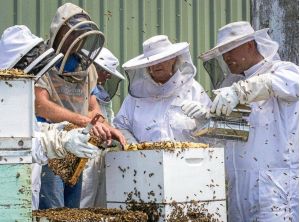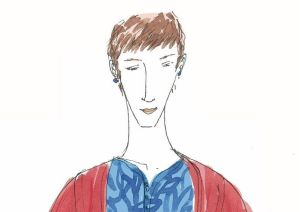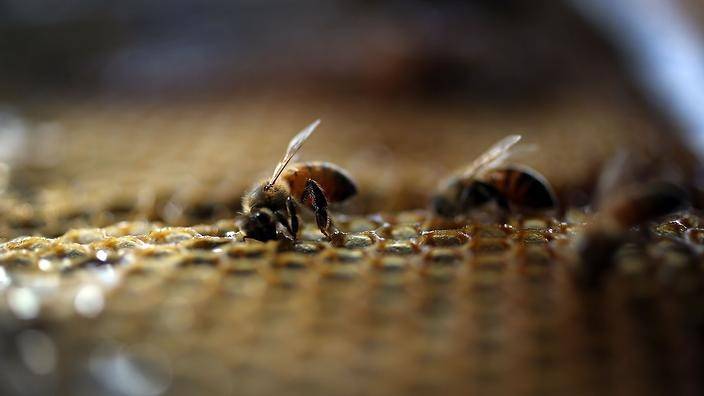Researchers have found the medicinal properties of Australian manuka honey are just as powerful as that produced in New Zealand.
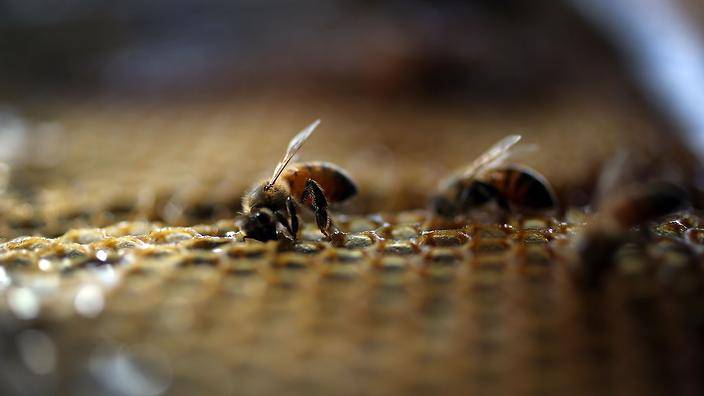
New Zealand may have retained the Bledisloe Cup after a record 18th straight win over Australia but it can no longer claim to produce the best manuka honey, according to a new study.
While honey has been used therapeutically for hundreds of years, the growing global crisis of antibiotic resistance has revived interest in its clinical use.
University of Technology Sydney researchers have found Australian manuka honey is as powerful against bacteria as the more commonly known New Zealand variety.
This is very "exciting" and could be a game-changer for the more than 12,000 local beekeepers because Australia has more than 80 types of the manuka tree growing across the country compared to New Zealand, which has only one species, study lead author Dr Nural Cokcetin says.
The researchers studied more than 80 honey samples from NSW and Queensland flowering manuka (Leptospermum) trees and found the nectar-derived chemical that gives NZ manuka honey its unique antibacterial properties is present in Australian varieties.
The research, funded by the Rural Industries Research and Development Corporation and published in journal PLOS ONE, also found the antibacterial properties of honey remain unchanged for several years when stored properly.
All honeys have different flavours and medicinal properties, depending on the flowers bees visit for nectar.
What makes manuka honey so special is the exceptionally high level of stable antibacterial activity, arising from a naturally occurring compound in the nectar of manuka flowers.
It's this ingredient that acts against golden staph infections and other superbugs resistant to current antibiotics.
New Zealand is the primary source of medicinal honey but the country grows only one Leptospermum species, and its honey bee population is threatened by the parasitic varroa mite.
Australia is home to 83 of the 87 known Leptospermum species and is free of the varroa mite.
"Our study provides the proof for what we've long assumed - that this compound, methylglyoxal, is present in high levels in Australian manuka honeys," said Dr Cokcetin.

